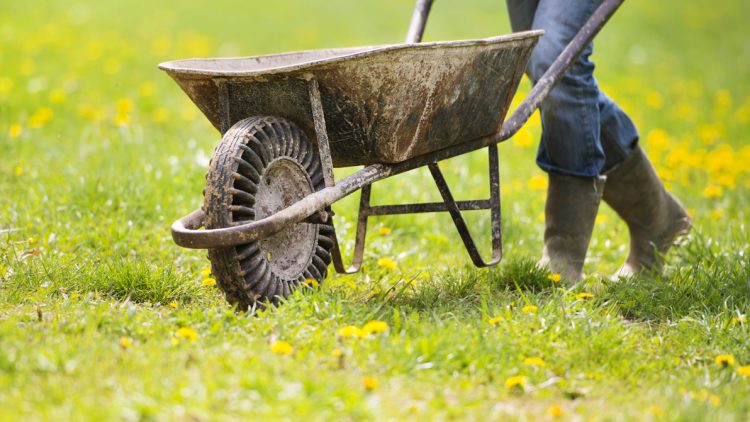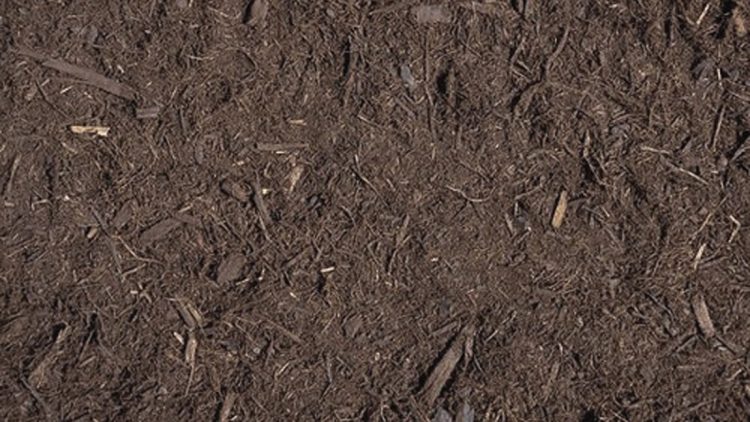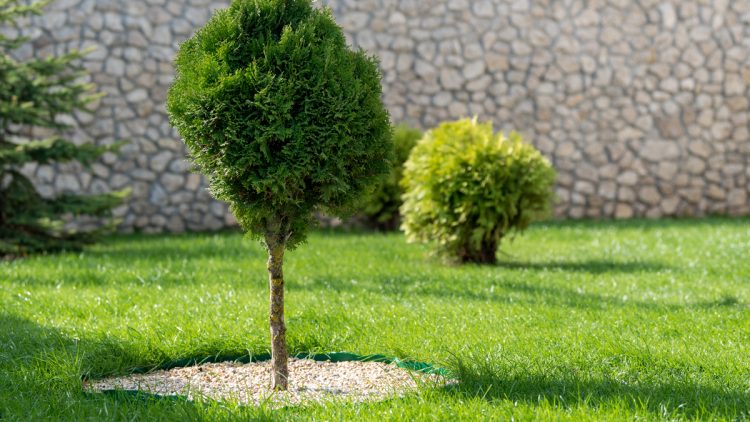How To Landscape Using Mulch
Nothing could be simpler than laying mulch, right? Wrong. While it may seem as though all you have to do is grab a shovel and mulch away, there are some specific details that must be followed. Here is our best advice on how to landscape using mulch.
Purchasing Mulch
We’ll start with the easiest step first. Before heading to a local supplier, you must find out exactly how much mulch you need for your landscaping project. You don’t want to underestimate the amount needed, and overestimating will just result in an excess of mulch wasting away in storage. Figuring out the square footage of your bed is key, then you can easily decide how many bags or scoops of mulch you’ll need to buy.
Mulch Timing
How to lay down mulch can be a tricky question, but when to lay down mulch is much simpler. There are two times of the year that are suited best for this particular landscaping project. Spring is the ideal season to lay down mulch. This season provides a great amount of rain to help break down the organic materials found in mulch. These will then penetrate the soil and give your garden an aesthetically pleasing look heading into the spring. The fall season can prove beneficial for mulch as well. Laying mulch before the colder weather hits gives your plants an extra layer of insulation. No matter which season you choose to perform the mulching, make sure it follows a rainy period, so the newly laid mulch can help keep in the moisture.
How To Lay Mulch
Laying mulch can be performed in a simple, five-step process.
- Clean your beds: Make sure to rake up leaves, sticks or any other debris before laying mulch.
- Water the beds: If you decide to lay mulch after a particularly dry run of weather, then you should manually apply water to these beds. Mulch will be added to help seal in the moisture you just provided.
- Weed removal: One of the biggest benefits of mulch is it stops weed growth dead in its tracks. Removing weeds ahead of laying mulch will only give you more of a head start.
- Spreading: Spreading the mulch by hand is the recommended process here. Shaking your mulch into little piles from a wheelbarrow can help you control portion size. You’ll know you’ve laid enough mulch when the spread is two to four inches thick. Spreading it too thin could cause weeds to grow right through your layer of mulch.
- Water, again: Watering your bed should be the first and last step. One final watering will truly help your mulch flourish.
Tools
You now know how to lay the mulch and when to lay the mulch, but which tools should you use when performing this task?
- Shovel: The shovel is essential for putting mulch into the wheelbarrow and removing it.
- Wheelbarrow: Much needed for transportation of the mulch.
- Pitchfork: The pitchfork could be used in addition or in spite of the shovel.
- Rake: After laying the mulch, make sure to evenly rake it across your bed.
- Gloves: Gardening gloves are certainly recommended for this process. Remember, you will likely be laying the mulch by hand.



